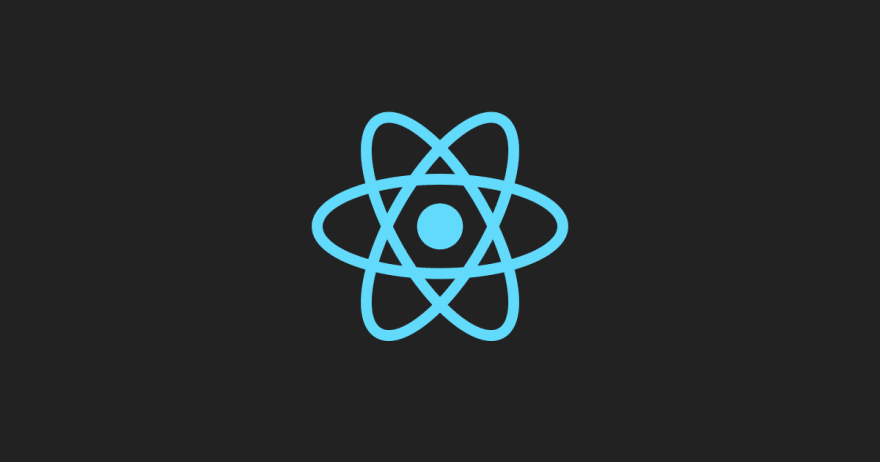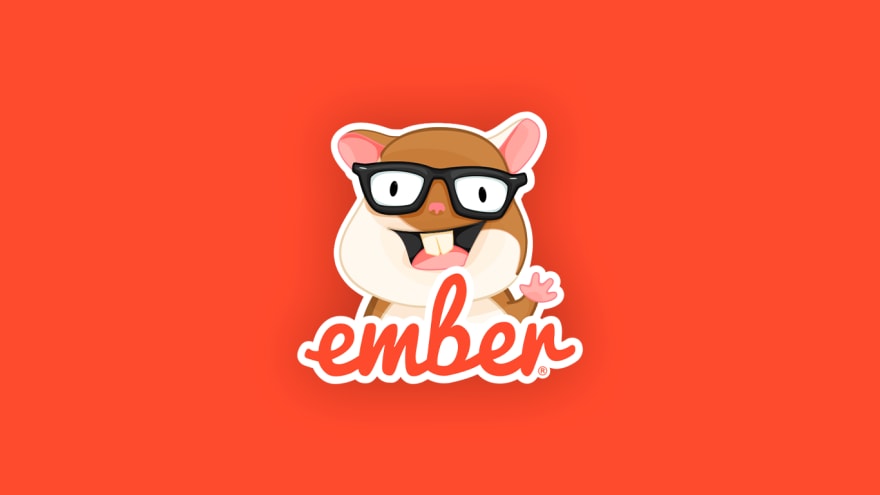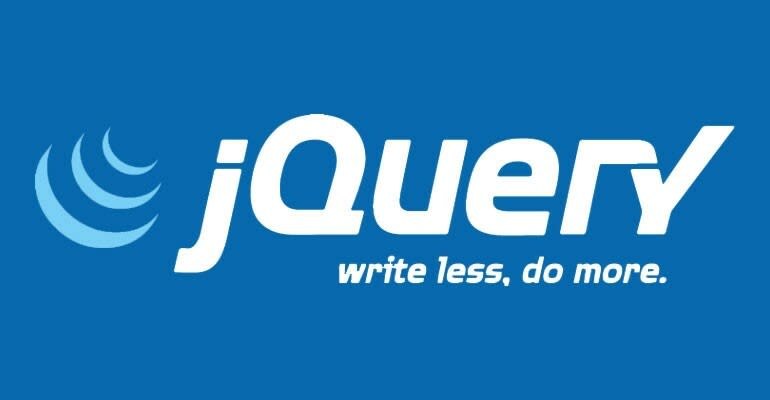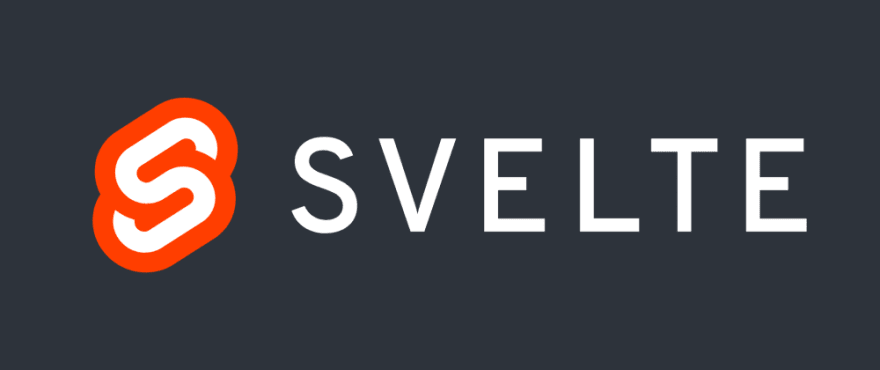38
Top 6 Frontend Frameworks in 2022 for Web Development
User experience is a priority for businesses that build websites. The functionality behind it can be complex, and usability is a must-have. To construct a user-focused, responsive website, you need to use a frontend framework. In this article, we will discuss the top frontend frameworks in 2022, including their pros, cons, and possible applications.
The frontend framework is a fundamental element of the software development process. There are numerous opportunities to build engaging web apps that ensure a high-quality experience. In this article, we will take a closer look at the most popular frameworks for the frontend to help you make the best choice for your software development project.
Frontend development turns data into the graphic interface using CSS, HTML, JavaScript, or JavaScript alternatives for web development. With the trend for mobile-first web design, the interface should fit desktop devices, tablets, and smartphones. It is possible by using CSS style sheets. It is frontend development that ensures seamless UX, scalability, and opening of the website. Here are the benefits of using frontend frameworks.
Based on the State of JS in 2020, we made a list of the top-used frontend frameworks. Keep in mind that there is no best universal framework that works perfectly for every project. To help you make the right choice, we will also mention their benefits, drawbacks, and potential usage.

Pros:
Cons:
When to use:
It is suitable to develop UI for SPA. React can increase interactivity within a short time due to component reusability.
It is suitable to develop UI for SPA. React can increase interactivity within a short time due to component reusability.

Pros:
Cons:
When to use:
Angular is a great choice for developing enterprise-based and progressive applications. It changes the performance of browser-centered apps using two-way data binding.
Angular is a great choice for developing enterprise-based and progressive applications. It changes the performance of browser-centered apps using two-way data binding.

Pros:
Cons:
When to use:
Vue.js is an excellent fit for complex projects. It is simple, flexible, and straightforward, so you can build dynamic apps from scratch.
Vue.js is an excellent fit for complex projects. It is simple, flexible, and straightforward, so you can build dynamic apps from scratch.

Pros:
Cons:
When to use:
This frontend framework is the best choice for future-oriented apps with robust UI. Ember.js fits large-scale projects and has a wide range of applications, providing great routing.
This frontend framework is the best choice for future-oriented apps with robust UI. Ember.js fits large-scale projects and has a wide range of applications, providing great routing.

Pros:
Cons:
When to use:
JQuery is popular for desktop apps based on JS. It is handy in event management and implementing animations.
JQuery is popular for desktop apps based on JS. It is handy in event management and implementing animations.

Pros:
Cons:
When to use:
Svelte is an excellent choice for small mobile apps if you plan to hire a small team. It’s not a good fit for large-scale projects because it lacks support.
Svelte is an excellent choice for small mobile apps if you plan to hire a small team. It’s not a good fit for large-scale projects because it lacks support.
Choosing an optimal frontend development framework may be challenging because of the vast choices. Fronted developers often opt for the most popular solutions available. But the key thing to consider is your projects’ unique requirements and the tech options offered by your service partner. The frameworks listed in this article are flexible, scalable, and have excellent community support.
We hope this article helped you find a framework that enables you to make the most out of your project.
38
